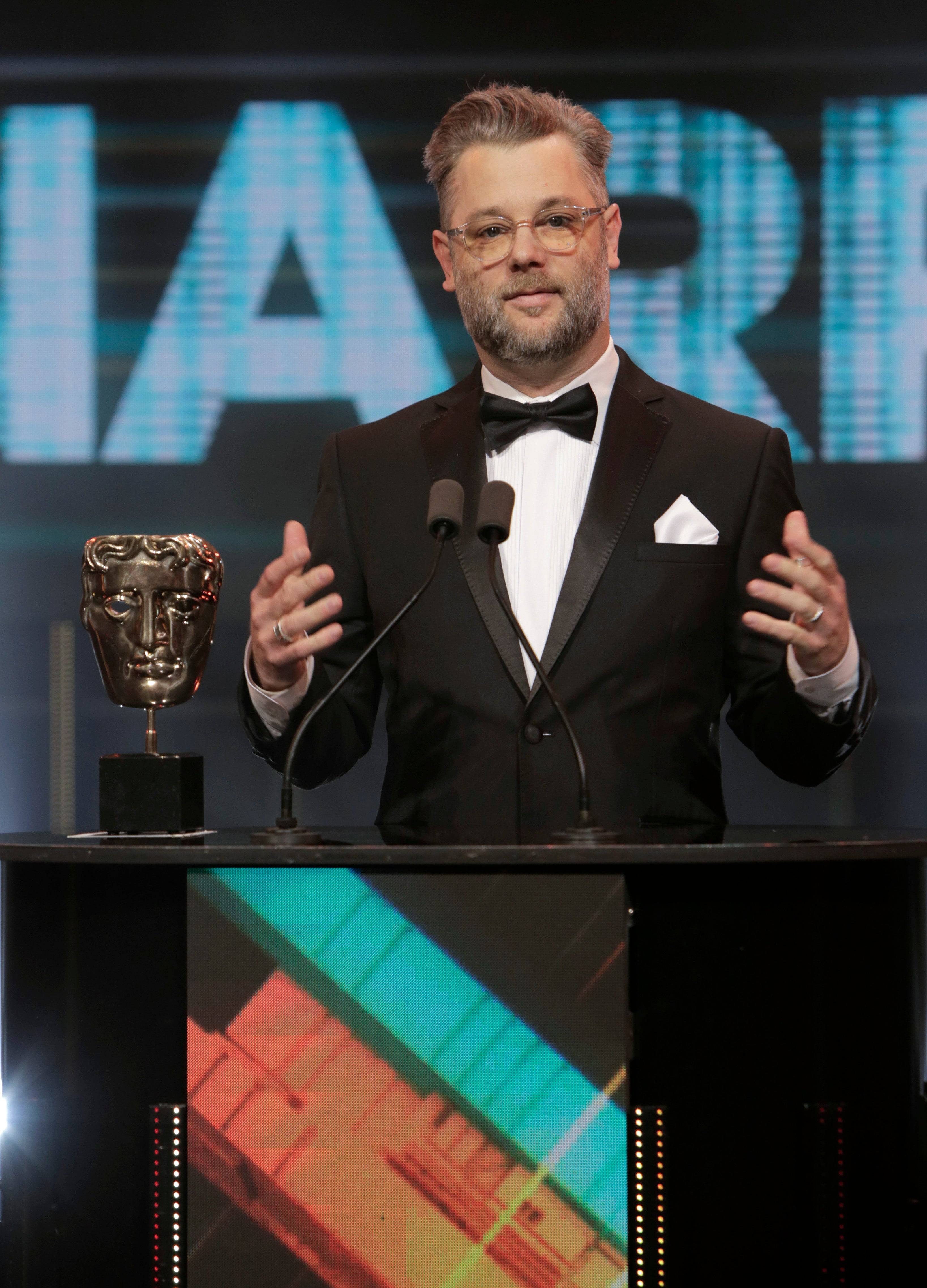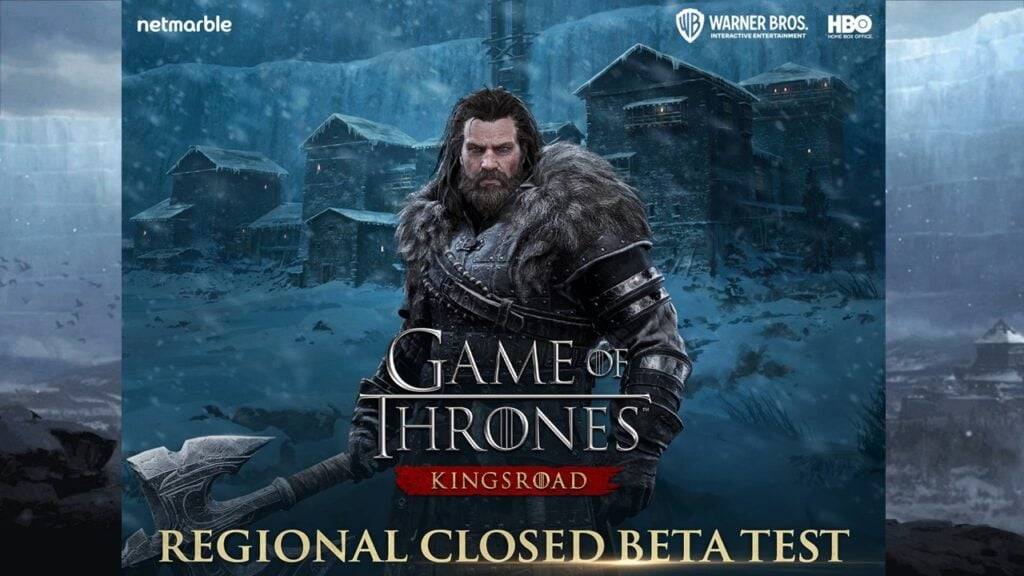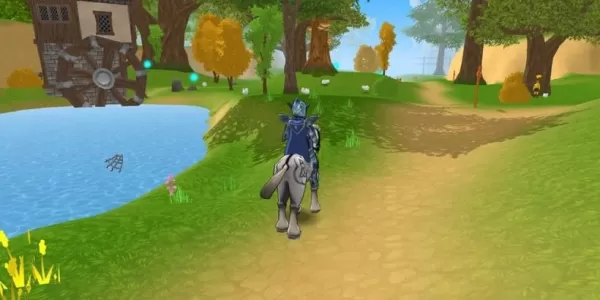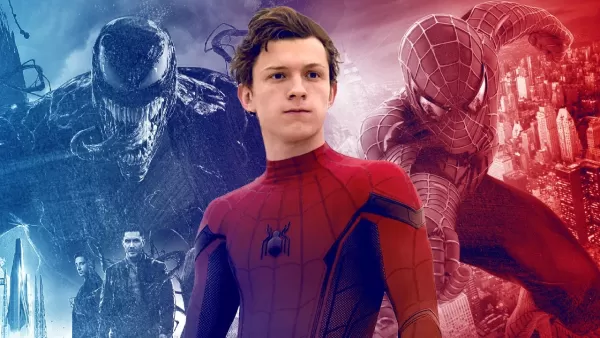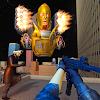At the DICE Summit in Las Vegas, Naughty Dog's Neil Druckmann and Sony Santa Monica's Cory Barlog discussed the pervasive theme of doubt in game development. Their hour-long conversation covered personal insecurities, identifying successful ideas, and approaching sequels.
A question about character development across multiple games prompted a surprising response from Druckmann: he doesn't plan sequels. He focuses intensely on the current project, treating each game as a standalone entity. While occasional sequel ideas emerge, he prioritizes incorporating them into the present game, rather than saving them for the future. He explained his approach using The Last of Us Part II as an example, stating he approached it as if it were the final installment.
Druckmann's approach extends beyond sequels. He only considers the long-term implications of his work when dealing with the The Last of Us TV show, which he knows will span multiple seasons. For sequels, he retrospectively analyzes unresolved elements and character arcs, determining if further stories are viable. If not, he suggests the characters' narratives may conclude. He cited the Uncharted series as an example, highlighting how each sequel's narrative evolved organically from the previous game without pre-conceived plans.
Barlog, in contrast, employs a highly meticulous, long-term planning approach, often connecting current projects to ideas conceived years prior. He acknowledges the inherent stress and potential for conflict this method entails, given the shifting teams and evolving perspectives across multiple projects.
Druckmann admitted he lacks the confidence to plan so far ahead, preferring to concentrate on immediate tasks. He emphasized his passion for game development, echoing Pedro Pascal's sentiment that creating art is the driving force behind his work. Despite the challenges and negativity he encounters, the joy of game creation and collaboration outweighs the drawbacks.
Druckmann's conversation with Barlog also touched upon the question of when enough is enough in their demanding careers. Barlog candidly described the relentless nature of his creative drive, likening it to an insatiable demon pushing him towards ever-greater challenges. Even after achieving significant success, the urge to pursue new goals remains.
Druckmann expressed a more measured perspective, mentioning his gradual decrease in day-to-day involvement in projects. He anticipates eventually stepping back, creating opportunities for others to take the reins, acknowledging the cyclical nature of leadership and the importance of fostering growth within the industry. Barlog humorously responded to Druckmann's reflections with a declaration of his own impending retirement.

